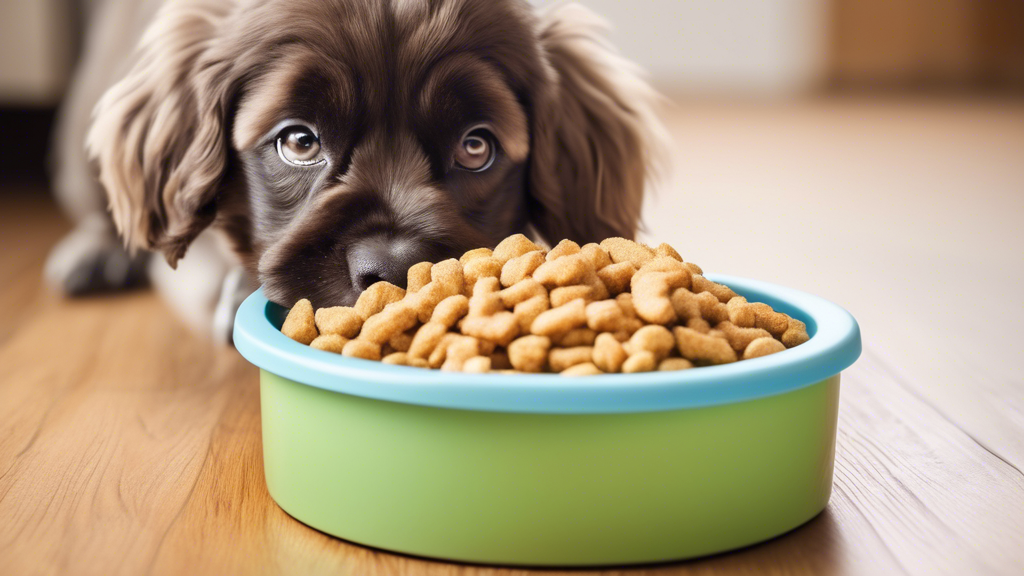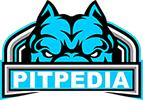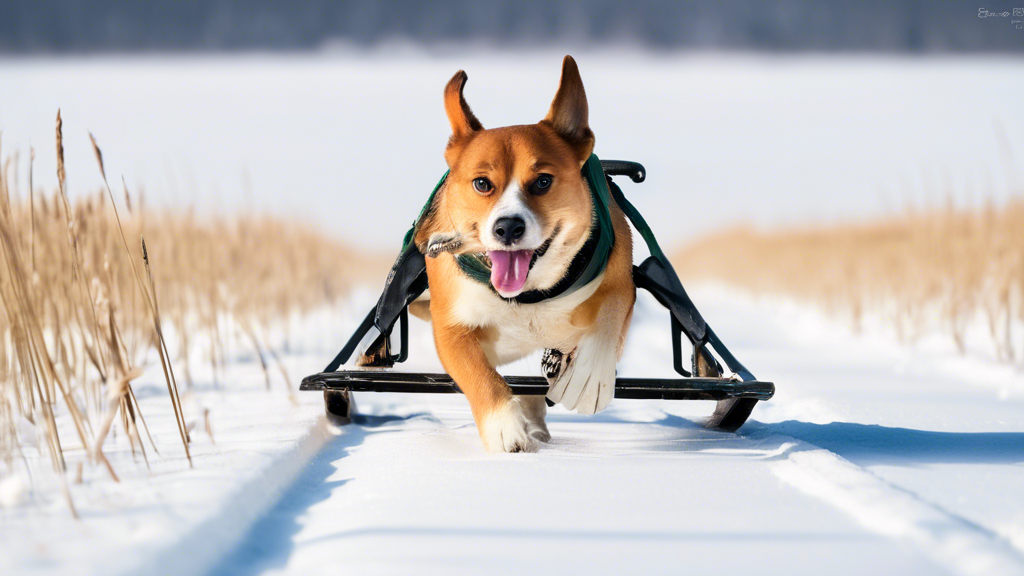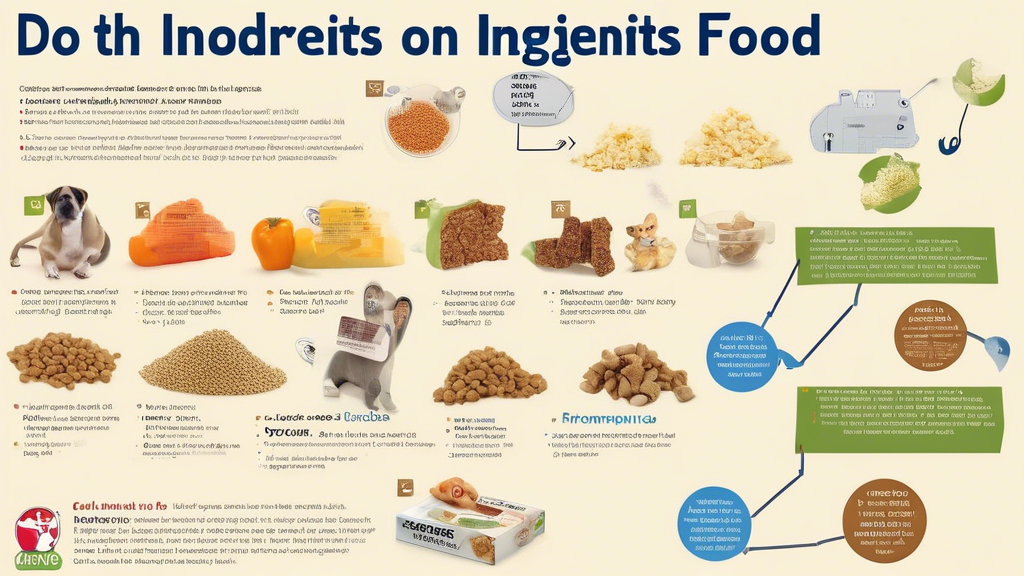“`html
How to Fatten Up a Dog
Does your furry friend seem to be losing weight and you’re worried about how to fatten up a dog? Understanding the causes of weight loss and implementing safe and effective ways to gain weight is crucial for your dog’s health and well-being.
This comprehensive guide will cover the following topics:
- Causes of Weight Loss in Dogs
- Safe and Effective Ways to Gain Weight
- Supplementing with High-Calorie Foods
- Increasing Meal Frequency and Portion Sizes
- Adding Healthy Fats to Meals
- Providing High-Quality Protein Sources
- Maintaining a Consistent Feeding Schedule
- Monitoring Weight Gain and Adjusting Accordingly
Whether your dog is struggling with a medical condition or simply not getting enough calories, this article will provide you with the knowledge and practical tips to help your beloved companion regain a healthy weight.
Please note: Before making any changes to your dog’s diet or feeding schedule, it is always advisable to consult with your veterinarian to rule out any underlying medical conditions and ensure a safe and appropriate approach.
“`
## 1. Causes of Weight Loss in Dogs
Owners may notice their canine companions losing weight unexpectedly, prompting concern and uncertainty. To effectively address this issue, it’s crucial to understand the underlying causes that may be contributing to the weight loss:
### Medical Conditions
Certain medical conditions can significantly impact a dog’s weight. Hypothyroidism, an underactive thyroid gland, slows down the body’s metabolism, leading to decreased calorie expenditure and increased fat storage. Conversely, diabetes, a condition where the body cannot adequately regulate blood sugar levels, can cause excessive weight loss due to increased thirst and urination.
### Poor Diet or Insufficient Calorie Intake
A poor diet or insufficient calorie intake can severely impact a dog’s weight. Processed foods, low-quality ingredients, and insufficient portions can contribute to malnutrition and weight loss. It’s essential to ensure that your dog is receiving a high-quality diet that meets their individual calorie requirements based on factors such as age, breed, and activity level.
### Parasites or Gastrointestinal Issues
Intestinal parasites, such as worms, can compete with the dog for nutrients, leading to malnutrition and weight loss. Similarly, gastrointestinal issues, including inflammatory bowel disease or malabsorption syndromes, can affect digestion and absorption of nutrients, resulting in weight loss.
### Behavioral Factors
Behavioral factors can also influence a dog’s weight. Stress, anxiety, or excitement can lead to decreased appetite and weight loss. Establishing a consistent feeding routine and providing a stress-free environment can help mitigate weight loss due to behavioral factors.
The #1 Free Source for Pitbull & Bully Pedigrees!

Safe and Effective Ways to Gain Weight
Supplementing with High-Calorie Foods
Incorporate high-calorie foods into your dog’s diet as supplements. Examples include:
- Peanut butter: Unsweetened and salt-free peanut butter is an excellent source of calories and healthy fats.
- Greek yogurt: Plain, unsweetened Greek yogurt provides protein and probiotics, supporting gut health.
- Mashed sweet potatoes: High in dietary fiber and vitamin A, mashed sweet potatoes add bulk and calories to meals.
- Quinoa: A gluten-free grain rich in protein and fiber, quinoa helps promote weight gain.
- Coconut oil: A healthy fat source, coconut oil provides calories and supports skin and coat health.
Increasing Meal Frequency and Portion Sizes
Gradually increase the frequency of your dog’s meals, splitting daily portions into smaller, more frequent feedings. This improves digestion and allows for better absorption of nutrients. Consider increasing portion sizes by 10-20% as well.
Adding Healthy Fats to Meals
Healthy fats are essential for weight gain and provide energy. Consider adding sources such as:
- Salmon oil: Rich in omega-3 fatty acids, salmon oil supports skin and coat health.
- Vegetable oils: Olive oil or vegetable oil can be added to meals to boost calories and provide healthy fats.
- Avocado: Contains healthy fats, vitamins, and minerals, but remove the pit and skin first.
Providing High-Quality Protein Sources
Protein is crucial for building and maintaining muscle mass. Ensure your dog’s diet includes:
- Lean meats: Chicken, turkey, or beef are excellent sources of protein.
- Eggs: Whole eggs are rich in protein and essential amino acids.
- Cottage cheese: A low-fat source of protein, cottage cheese can be mixed into food.
Maintaining a Consistent Feeding Schedule
Establish a regular feeding schedule to regulate your dog’s digestion and metabolism. Feed at the same times each day, creating a sense of routine and promoting weight gain.
Monitoring Weight Gain and Adjusting Accordingly
Monitor your dog’s weight regularly to ensure steady, healthy weight gain. If no improvement is seen within 2-3 weeks, consult a veterinarian to rule out underlying medical issues and adjust the weight gain plan as necessary.
**Conclusion**
Successfully fattening up a dog requires a combination of targeted nutritional strategies, addressing underlying medical conditions, and patience. By understanding the causes of weight loss and implementing safe and effective weight-gaining practices, pet owners can help their furry companions reach a healthy weight and maintain it. It’s important to remember that each dog is unique, so consulting with a veterinarian is crucial to determine the best approach and monitor progress. With a holistic approach and a commitment to their pet’s well-being, pet owners can ensure that their four-legged friends thrive and live a long, happy life.














Leave A Comment